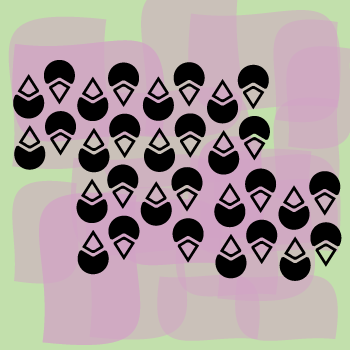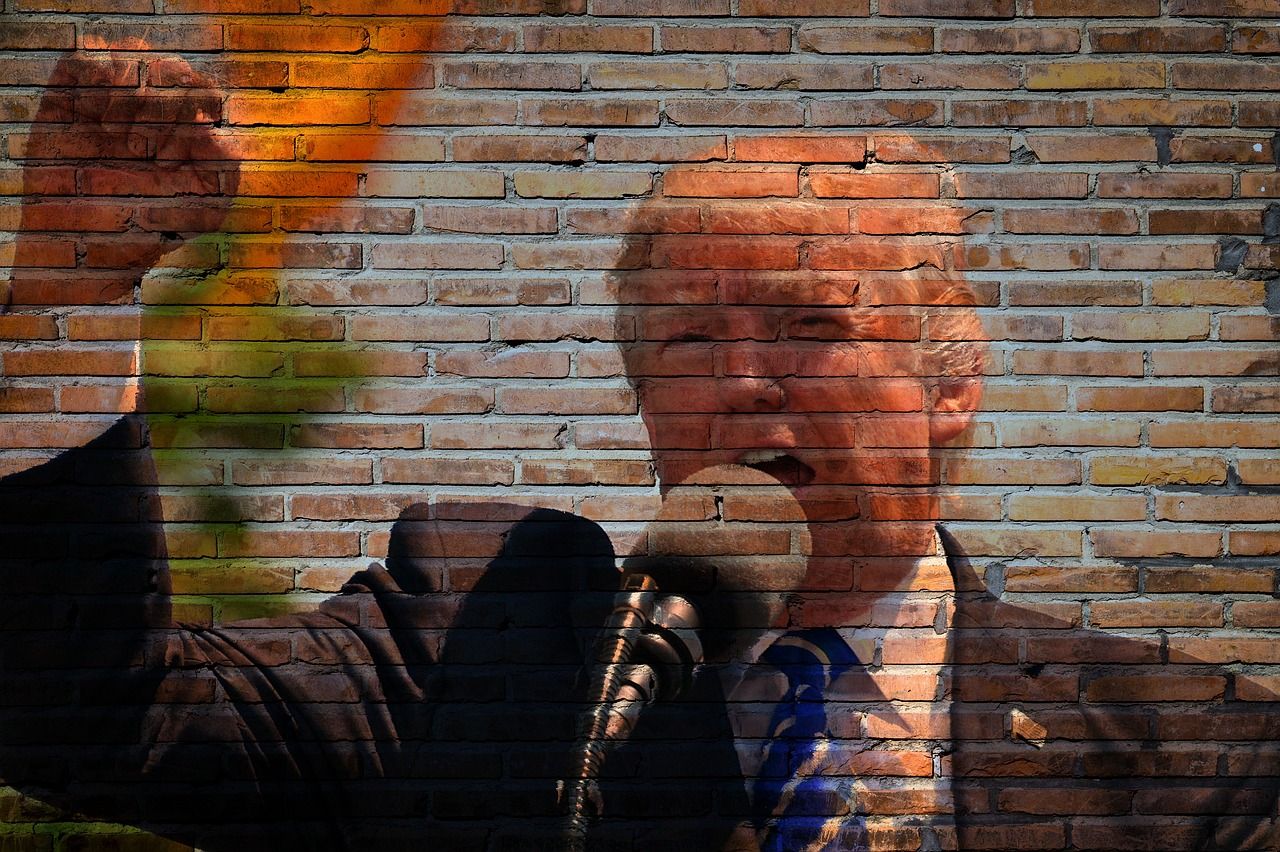The hype and price bubble for nonfungible tokens may already have peaked, but the more interesting and enduring business uses have just begun.
NFTs have upended the art world: Beeple’s Everydays: The First 5000 Days sold for $69 million, and Bored Apes have become a new status symbol to adorn social media profiles and metaverse avatars. Sports organizations have started to embrace NFTs as a way to deepen fan engagement, from the NBA’s Top Shot for trading video highlights to the Australian Open minting NFTs for each small square of the tennis court. With the latter, holders receive key video replays for those squares, and even the ball itself in the case of a championship shot. The bid price for the NFT where champion Rafael Nadal’s winning shot landed promptly surged more than 4,000%.
Do some of these investments constitute a bubble that depends on a “greater fool” coming along to buy the next one? Business luminaries such as Warren Buffett and Bill Gates believe so and disparage the rush to speculate in cryptocurrencies.
But set aside the wild spending on JPEGs of art, sports, and entertainment for a bit, as well as the recent crash in cryptocurrency prices. More relevant and promising for consumer businesses are the underlying technologies. NFTs provide an ideal set of capabilities to reimagine how companies engage their customers, not only in rewards and loyalty programs but also in other creative ways.
Skeptics should keep in mind that the first NFTs appeared in 2014 and the first NFT standards were proposed in 2017, so the whole enterprise might be just 1% complete, like the ride-on-demand concept was before reservation, mapping, payment, and rating functions were combined into one mobile app. The opportunities are nascent but real.
Not your father’s loyalty program
Think of an NFT as a programmable digital ticket that gives someone trackable, verifiable, tradable rights to an asset. The owner can add more content to it over time, and the NFT creator can govern its behavior with rules designed in advance. This opens up many possibilities for innovative ways to engage and reward customers, because NFTs are uniquely game-able, stackable, tradable, and programmable.
Game-able: NFTs can easily turn into a “loot box” full of consumable virtual items, to use the gaming term. A certain set of activities may be guaranteed to earn the consumer a reward with a minimum value, but how much else is in the loot box varies. For instance, after 10 purchases, flights, or hotel stays, the consumer earns an NFT redeemable for a gift. Some share of the firm’s customers might also randomly earn a shopping spree, a seat upgrade, or a bottle of wine at check-in.
Stackable: NFTs can have content subsequently attached to verify participation and capture the memory. One reward on a dining platform might consist of an upgrade to the chef’s table, and the NFT could have the menu and a picture of the party with the…
Read More: fortune.com









 Bitcoin
Bitcoin  Ethereum
Ethereum  XRP
XRP  Tether
Tether  Solana
Solana  Dogecoin
Dogecoin  USDC
USDC  Cardano
Cardano  Lido Staked Ether
Lido Staked Ether  TRON
TRON  Chainlink
Chainlink  Avalanche
Avalanche  Sui
Sui  Wrapped Bitcoin
Wrapped Bitcoin  Wrapped stETH
Wrapped stETH  Toncoin
Toncoin  Stellar
Stellar  Hedera
Hedera  Shiba Inu
Shiba Inu  Polkadot
Polkadot  WETH
WETH  LEO Token
LEO Token  Litecoin
Litecoin  Bitcoin Cash
Bitcoin Cash  Bitget Token
Bitget Token  Hyperliquid
Hyperliquid  Uniswap
Uniswap  Official Trump
Official Trump  USDS
USDS  Wrapped eETH
Wrapped eETH  Pepe
Pepe  NEAR Protocol
NEAR Protocol  Ethena USDe
Ethena USDe  Aave
Aave  Aptos
Aptos  Internet Computer
Internet Computer  Monero
Monero  WhiteBIT Coin
WhiteBIT Coin  Ondo
Ondo  Ethereum Classic
Ethereum Classic  Cronos
Cronos  POL (ex-MATIC)
POL (ex-MATIC)  Mantle
Mantle  Render
Render  Dai
Dai  MANTRA
MANTRA  Algorand
Algorand